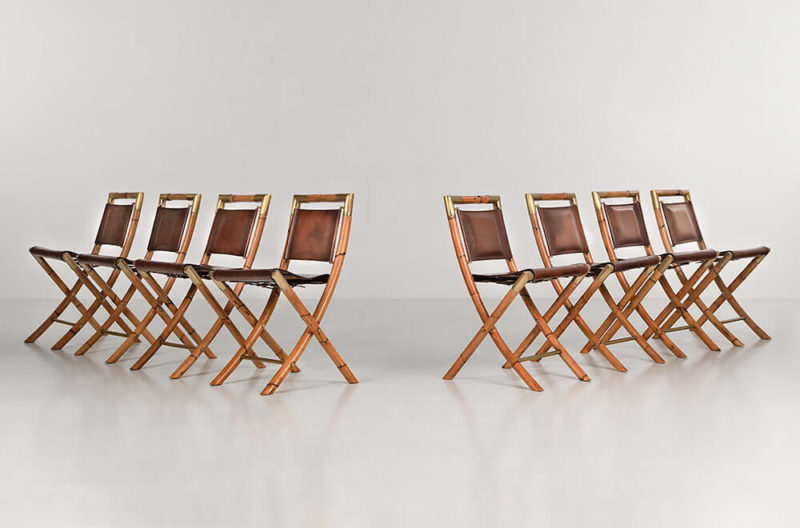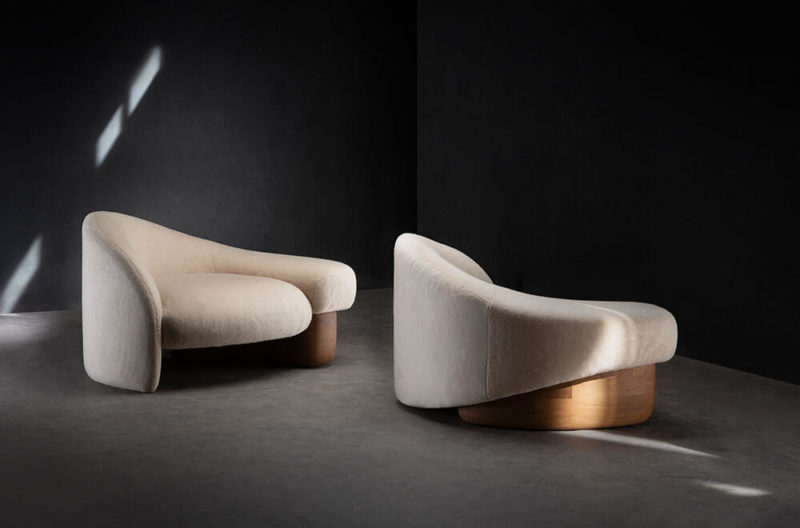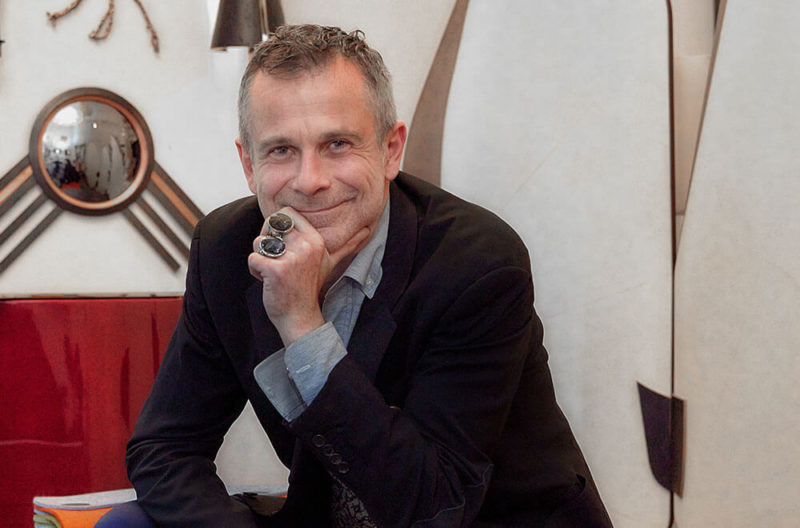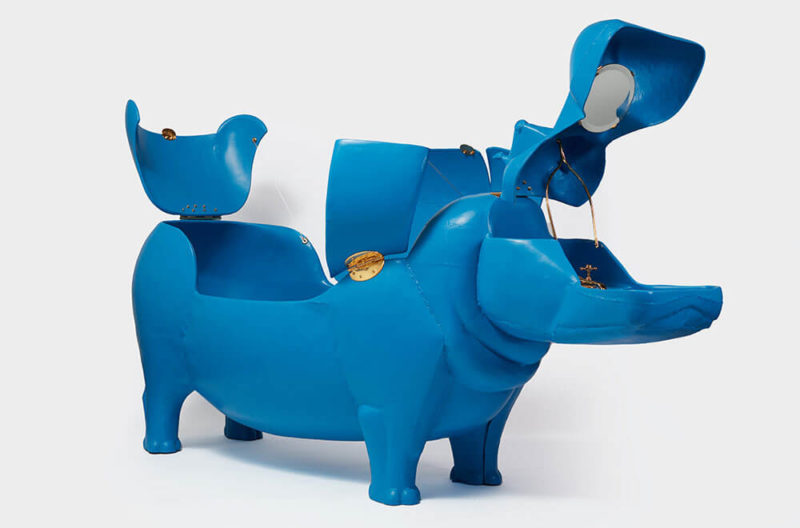Intervención/Intersección: MASA at Rockefeller Center
The Mexico City collective makes its New York debut with a provocative display staged beneath Rockefeller Center.
Rockefeller Center, New York
Until 24th June 2022
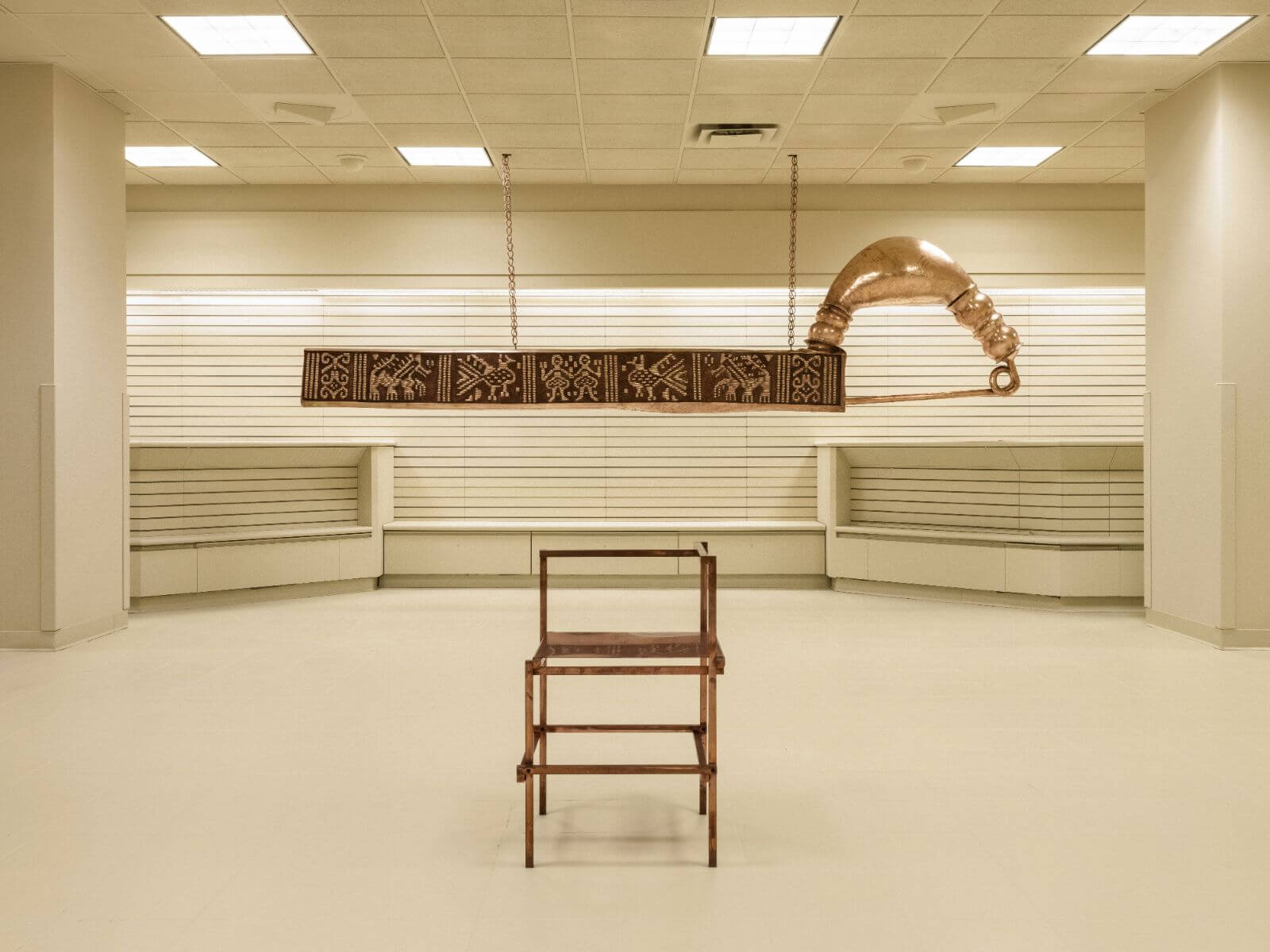
Installation view, ‘Intervención/Intersección: MASA at Rockefeller Center’ with work from (left to right): Ana Pellicer, Frida Escobedo
COURTESY: MASA Galeria
IN 1933, MEXICAN artist Diego Rivera debuted his murals for the lobby of Rockefeller Center, a Midtown Manhattan complex that was constructed, in part, to reignite the United States’s industrial fervour after the Great Depression. The work, however, expressed this sentiment by extolling the virtues of hard work within a communist framework rather than his client’s intended message of capitalist growth. Though the work was quickly torn down due to the artist’s reverent depiction of Vladimir Lenin, it cemented the locale’s, if not the country’s, close yet complicated relationship with its neighbour to the south.
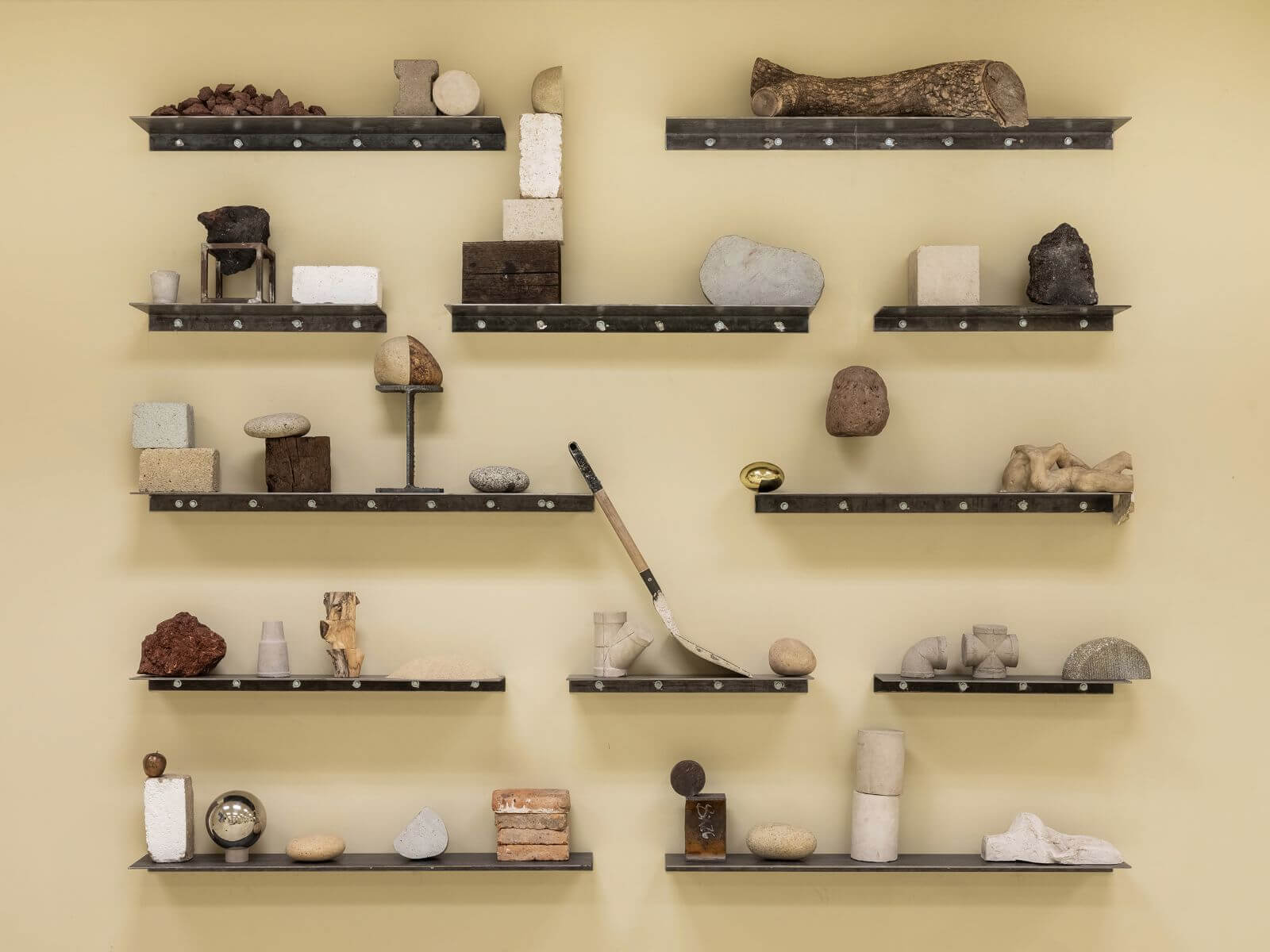
Jose Dávila, ‘Personal Diary’, 2022
COURTESY: Jose Dávila & MASA Galeria
A new exhibition mounted by nomadic, Mexico City-based collective MASA Galeria seeks to explore this porous historical and contemporary exchange within the guise of collectible design, art and craft.
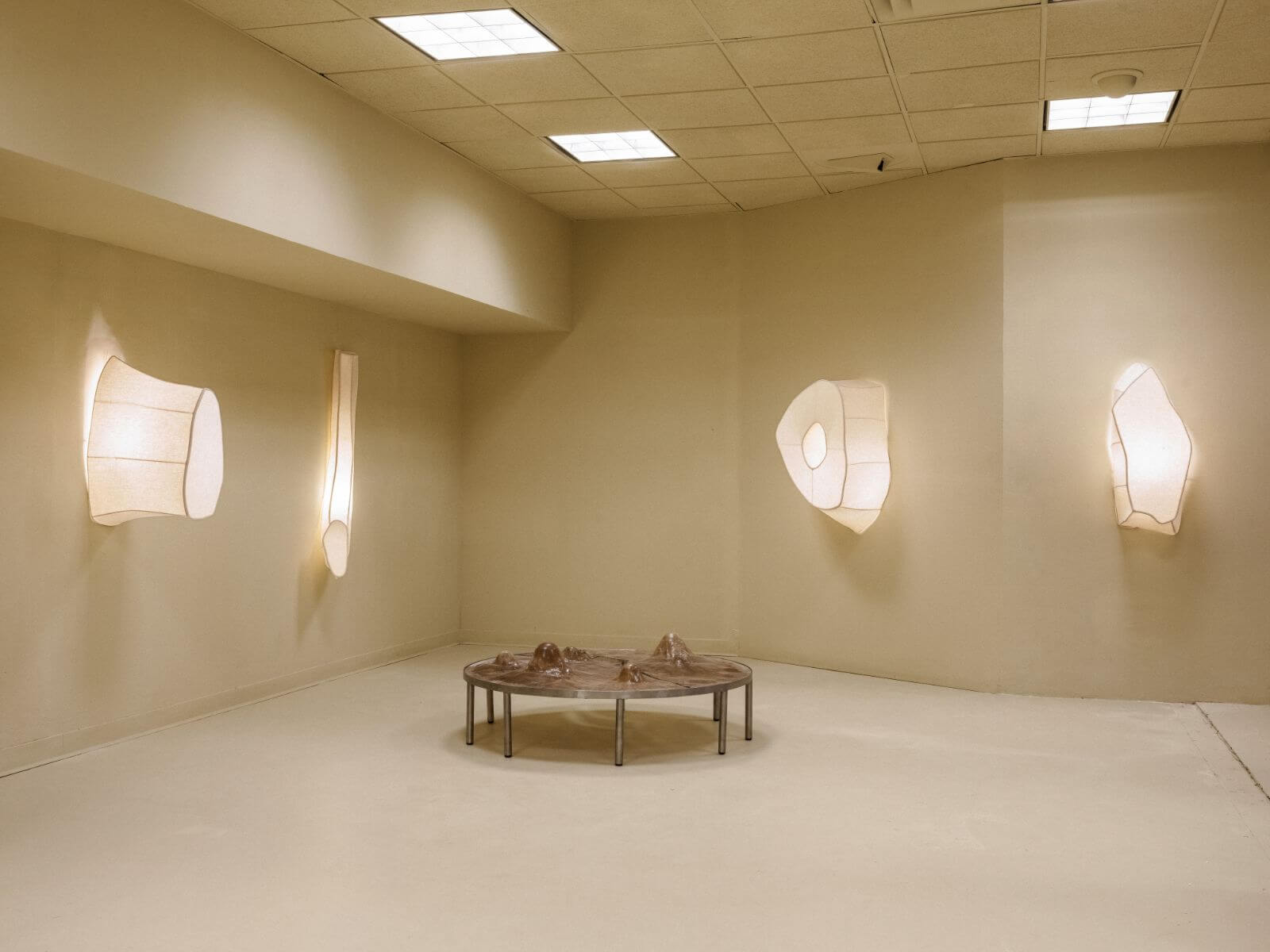
IInstallation view, ‘Intervención/Intersección: MASA at Rockefeller Center’ with work from (left to right): MARROW, Panorammma
COURTESY: MASA Galeria
Curated by noted writer and culturemaker Su Wu, the ‘Intervención/Intersección’ exhibition brings some of the Central American nation’s most recognised and promising and historically significant talents within 8,000 square feet (743 square metres) of a recently vacated federal post office.
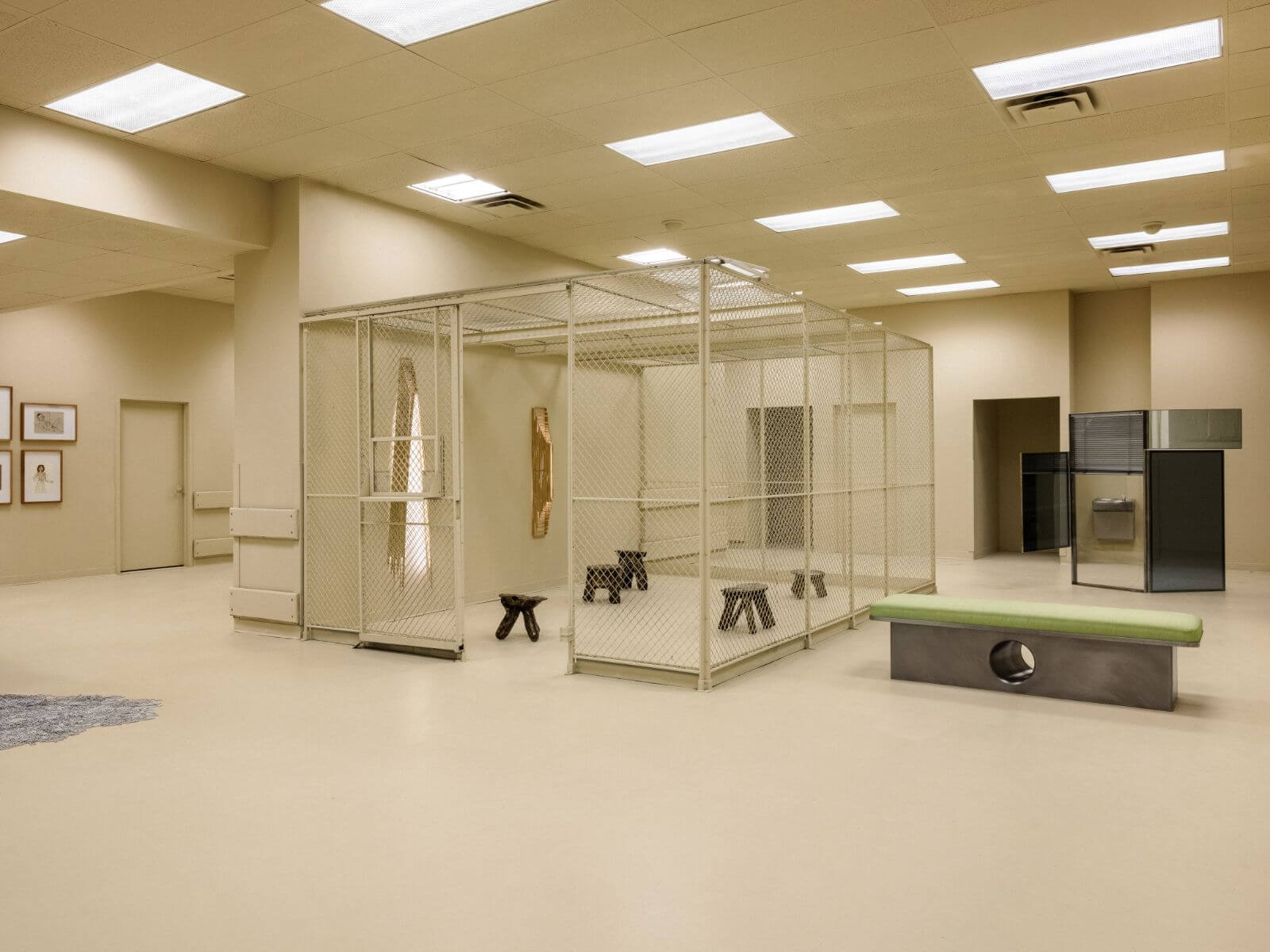
Installation view, ‘Intervención/Intersección: MASA at Rockefeller Center’ with work from (left to right): Héctor Esrawe, EWE Studio, Hollie Bowden, Frida Escobedo
COURTESY: MASA Galeria
Located beneath Rockefeller Plaza, the stark architectural setting – complete with yellowish linoleum and fluorescent lighting – makes for the perfect derelict-yet-clinical background against which to display works produced in sumptuous materials including bronze, horsehair and wood.
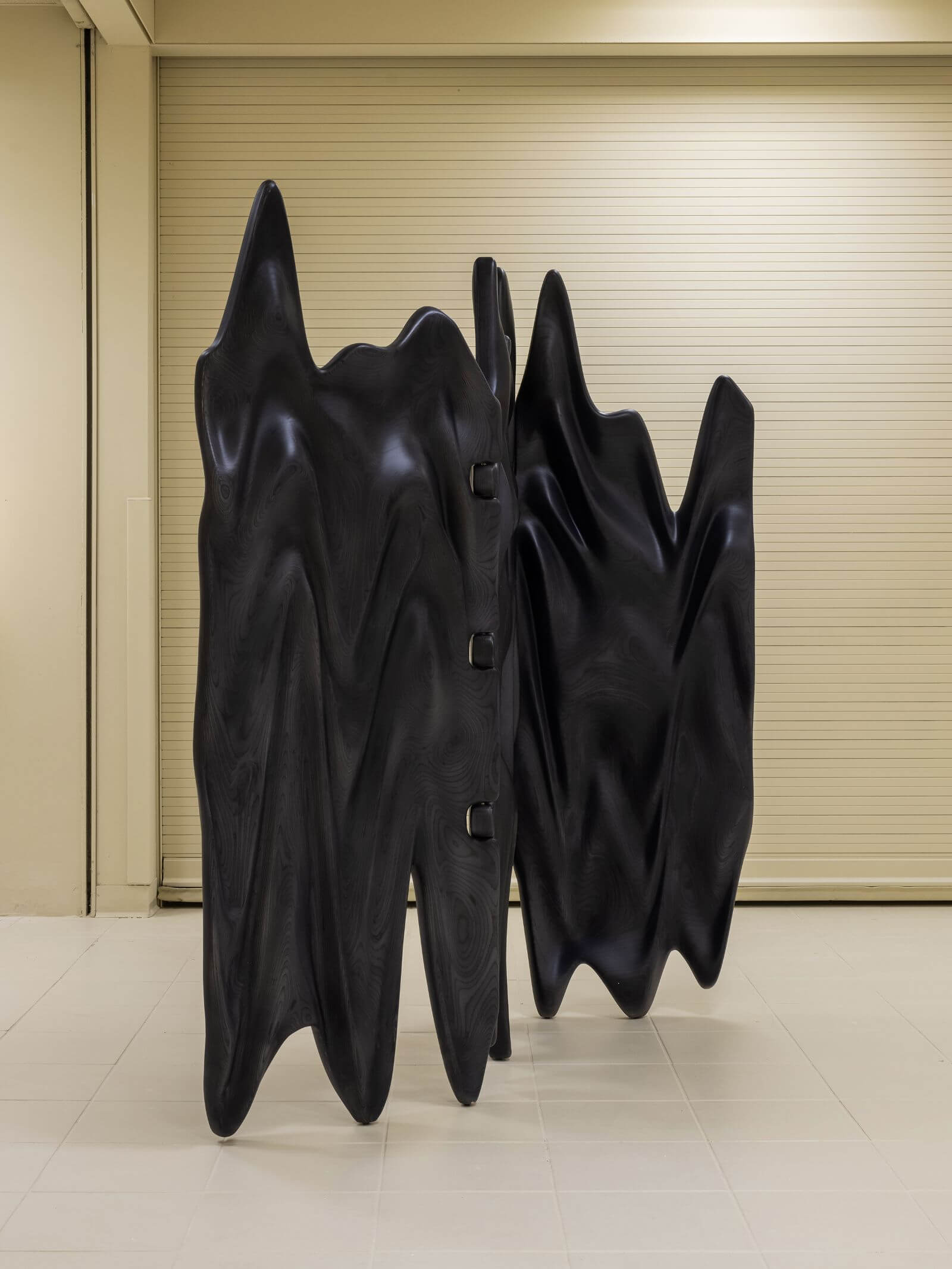
Xavi Lorand, ‘Salt and wine’, 2022
COURTESY: Xavi Lorand & MASA Galeria
The overall aim of this exhibition was not just to present contemporary Mexico-based designers and their historical counterparts but also to go in-depth and reveal the lesser-known intimacies, influences and unrealised ambitions that surprisingly tie them together. “Gossip and uncovered memories are the key to re-evaluating and rewriting histories,” Wu says. “We want to reveal the connections between this location and Mexico, but poke at it a bit too.”
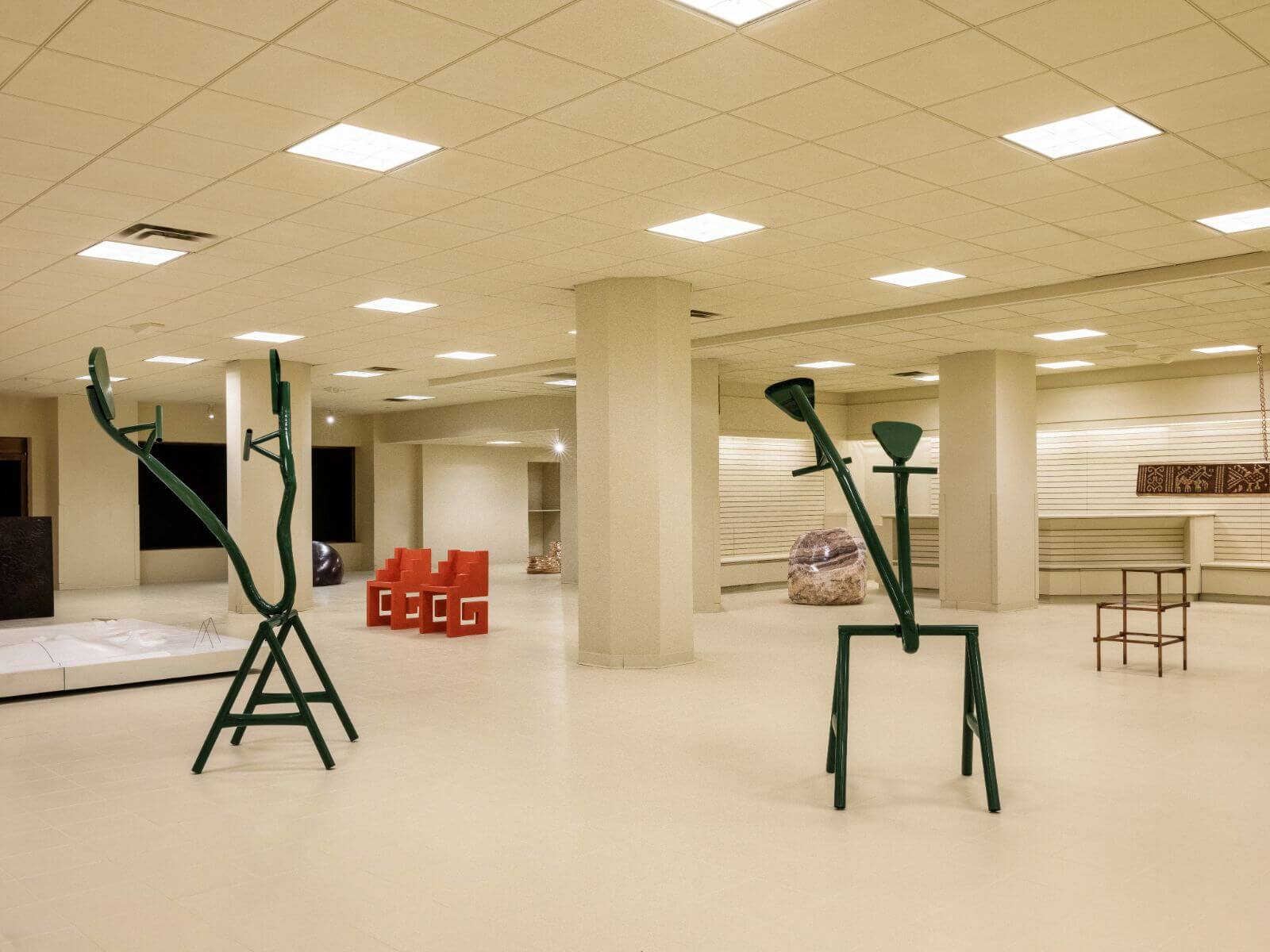
Installation view, ‘Intervención/Intersección: MASA at Rockefeller Center’ with work from (foreground): Miguel Calderón
COURTESY: MASA Galeria
Through this approach, social issues such as economic, racial, and gender-based inequities are brought to the fore in clever interplays, many of which are embodied in the commissioned works themselves. The subversion of iconographies, specific materials, and commonly accepted cultural associations suggests that the current push to revive craft is not merely an aesthetic exercise but also one of nuanced political action and cultural reappropriation.

Rubén Ortiz Torres, ‘Kintsugi Crash’, 2022
COURTESY: Rubén Ortiz Torre & MASA Galeria
Hanging above a masterfully crafted layered metal strip bench by Héctor Esrawe is a plaster relief by Isamu Noguchi that alludes to the depiction of bodies typical in the oeuvre of Frida Kahlo. (Noguchi and Kahlo had an affair through the mid-1930s while they were both living and working in Mexico City.)
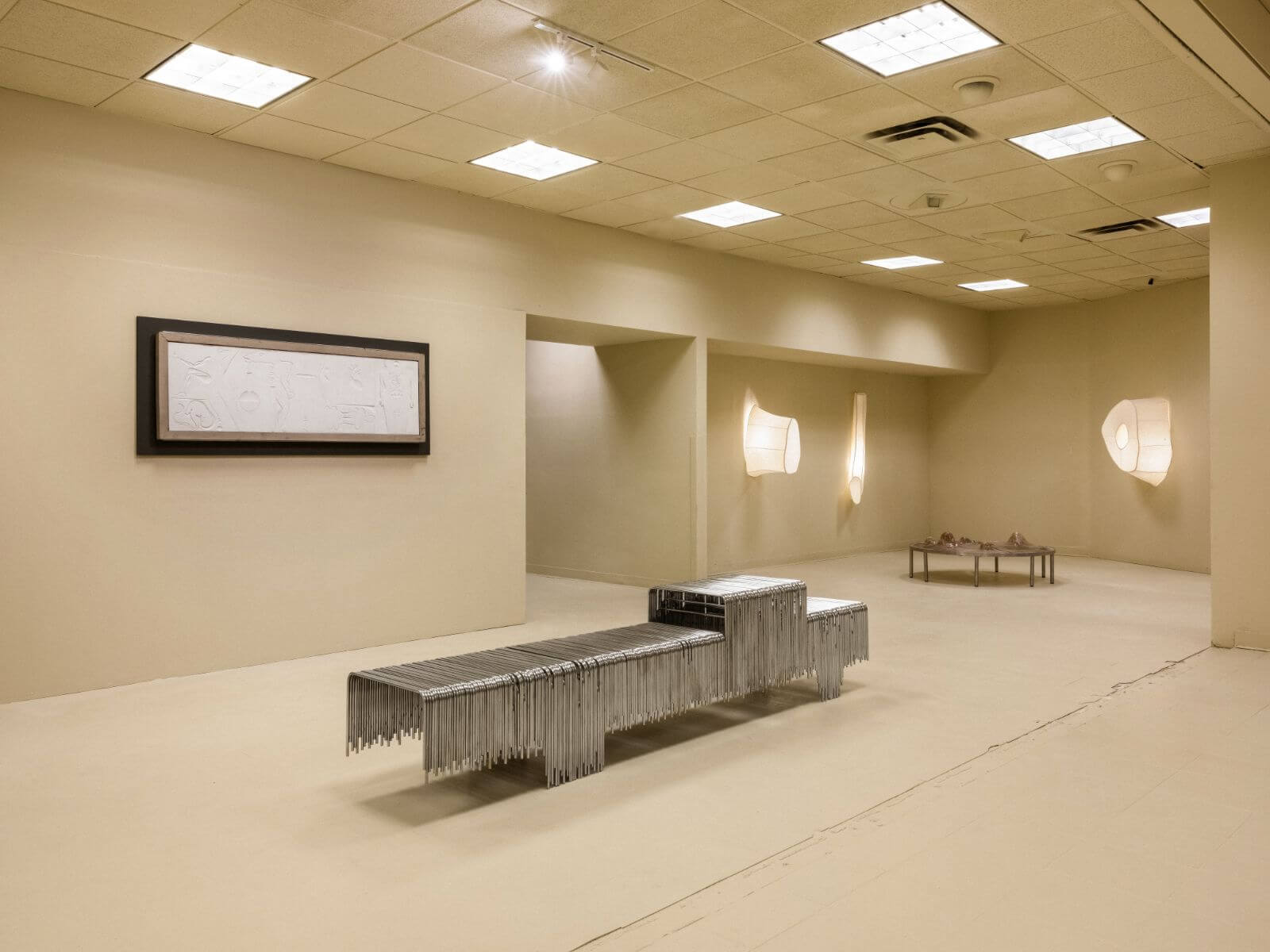
Installation view, ‘Intervención/Intersección: MASA at Rockefeller Center’ with work from (left to right): Isamu Noguchi, Héctor Esrawe, MARROW, Panorammma
COURTESY: MASA Galeria
A bench made of overflowing chains by renowned architect Frida Escobedo transforms the perception of a material typically used to imprison people into one that can support the human body. Many of the pieces on view use Mexican artisanal traditions in expressive and symbolic applications.

Installation view, ‘Intervención/Intersección: MASA at Rockefeller Center’ with work from (left to right): Frida Escobedo, Pia Camil, José Dávila
COURTESY: MASA Galeria
As if pulled directly from one of Rivera’s murals, Brian Thoreen’s large wheel-like sculptures were created using a bespoke hand-hammered copper technique specific to the state of Michoacán.
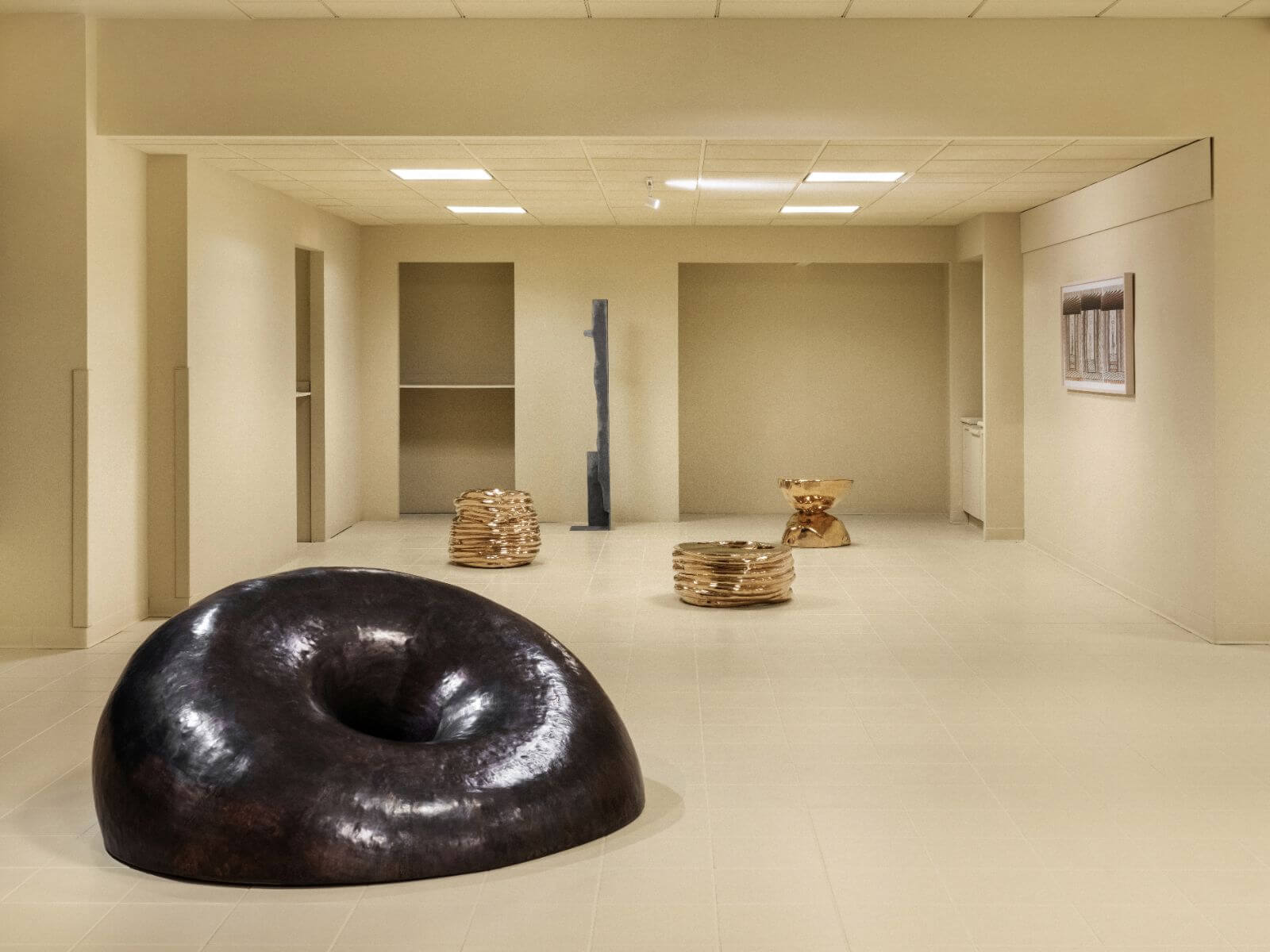
Installation view, ‘Intervención/Intersección: MASA at Rockefeller Center’ with work from (left to right): Brian Thoreen, Alma Allen, Isamu Noguchi, Martín Ramírez
COURTESY: MASA Galeria
The exhibition extends beyond the confines of the former post office into areas of the plaza above. A large-scale sculpture by Alma Allen joins a reinterpreted ‘Acapulco’ chair by Mario García Torres and ‘Símbolo’ benches by EWE in a public vignette.
At the same time, the site’s 193 flagpoles are adorned with Pia Camil’s ‘Saca Tus Trapos Al Sol’ (Air Out Your Dirty Laundry) installation: clothesline textiles comprising items collected from Mexico City residents. These calling-card displays have the dual function of suggesting the overall theme of the exhibition, while drawing visitors to its downstairs section.




